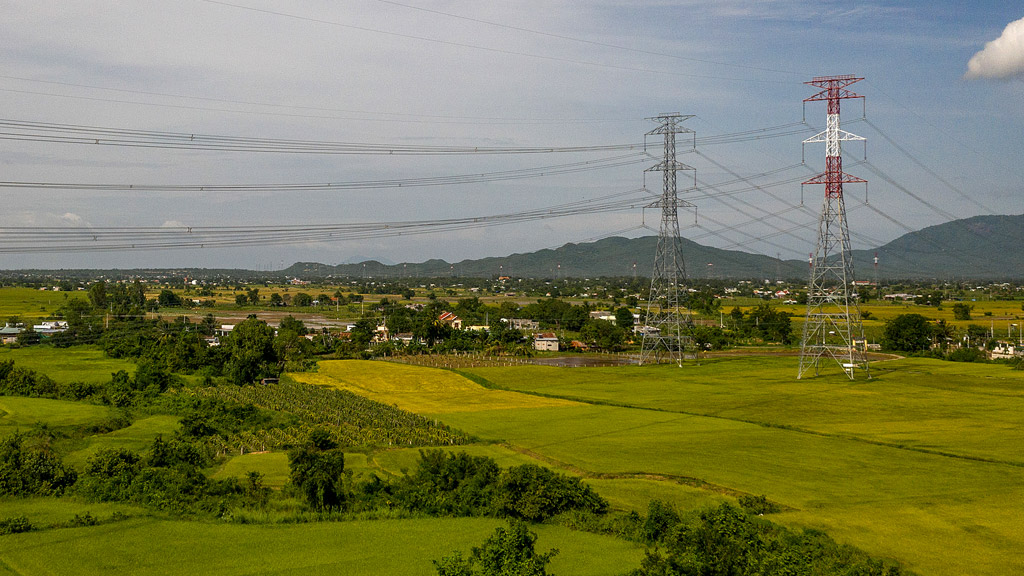- Jump to:
- What ADB Is Doing
- What ADB Has Done
- What's New
-
Population without access to electricity
Around 150 million people in Asia and the Pacific lack access to electricity.
-
Asia and the Pacific infrastructure needs, 2016-2030
Climate adjusted investment in energy accounts for 56% of what the region needs up to 2030.
-
Share of greenhouse gas emissions
Asia and the Pacific accounts for more than 50% of global CO2 emissions where more than half comes from electricity and heat.









